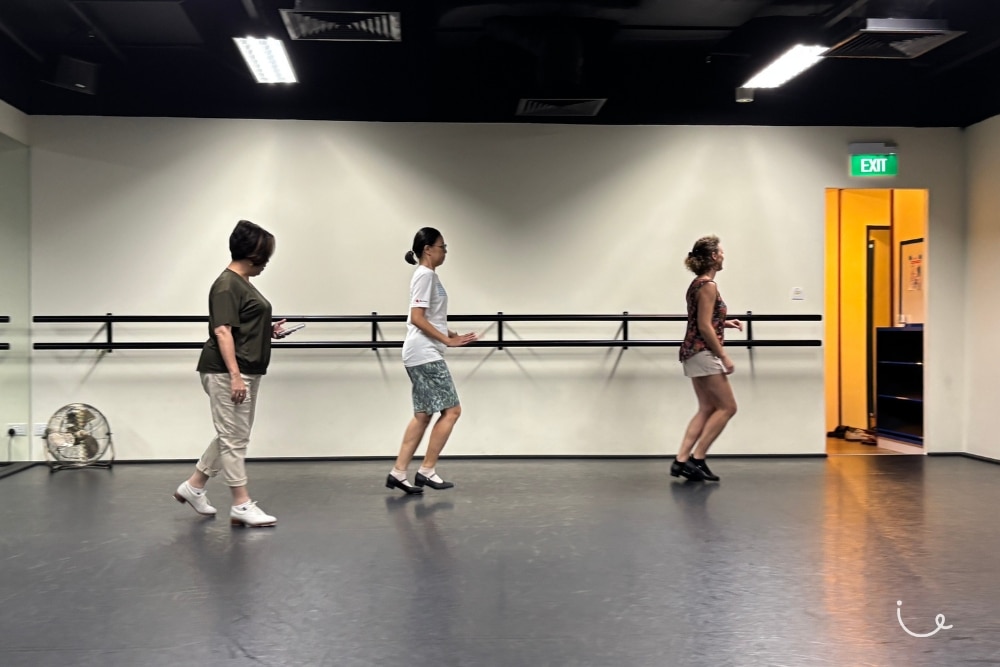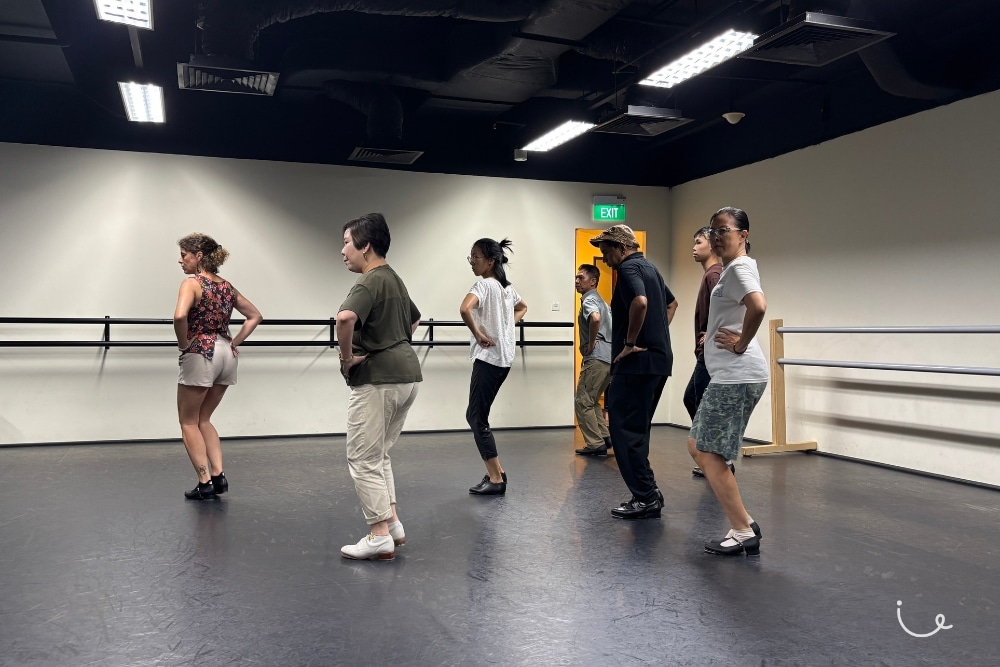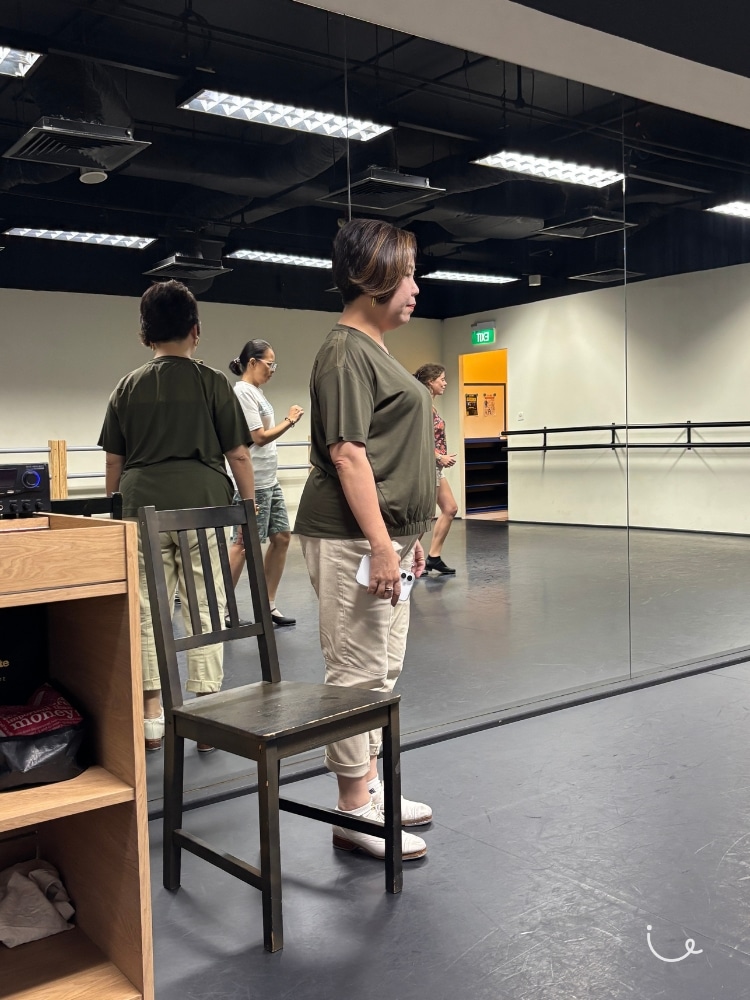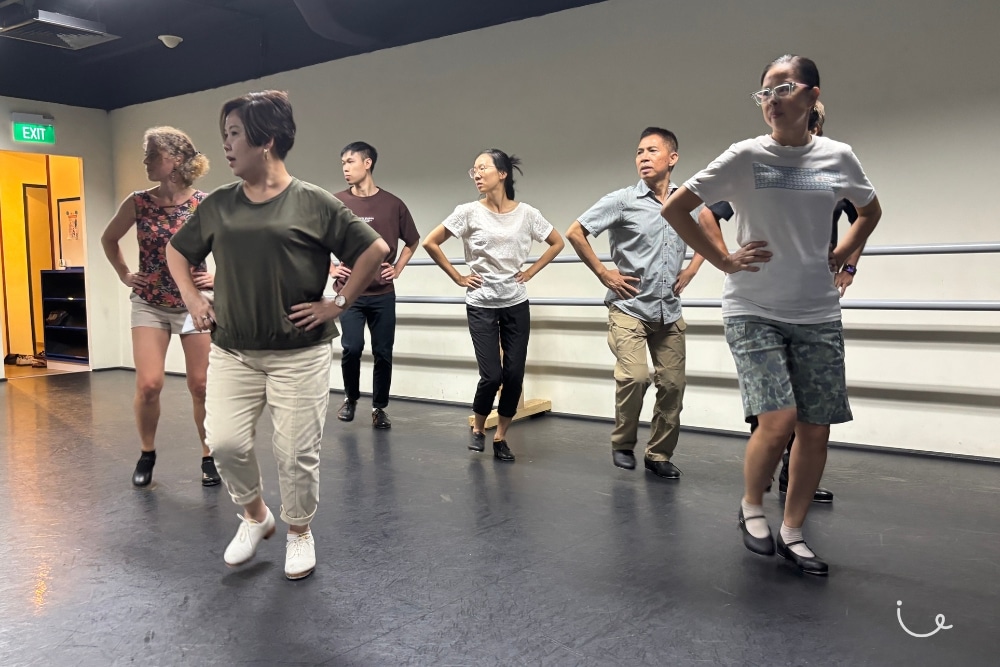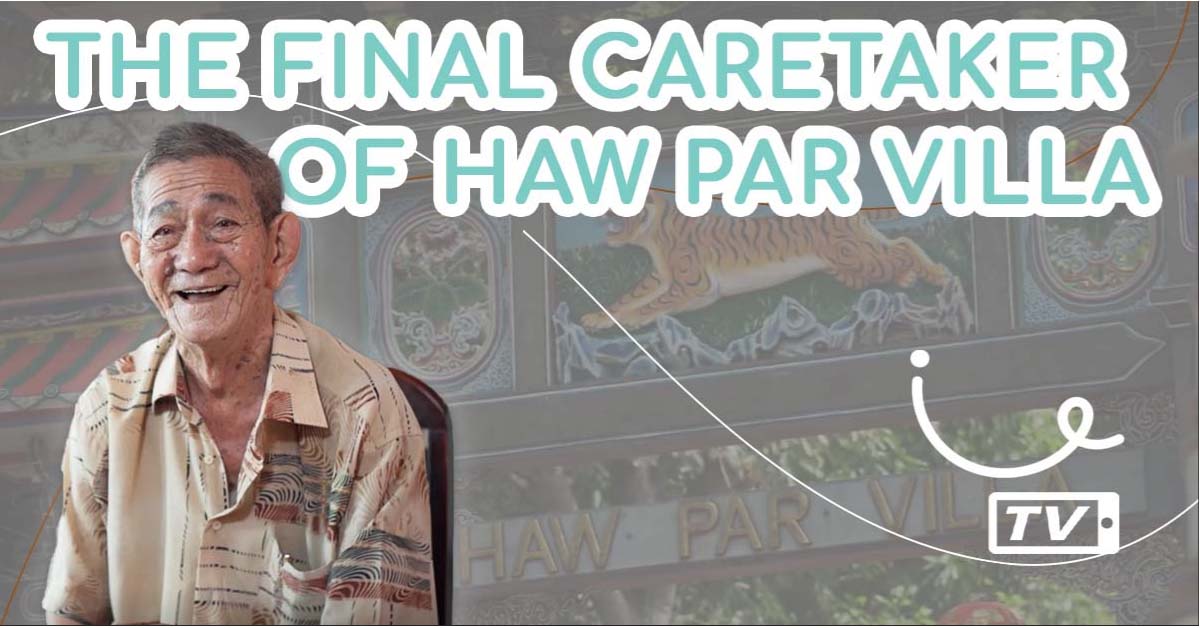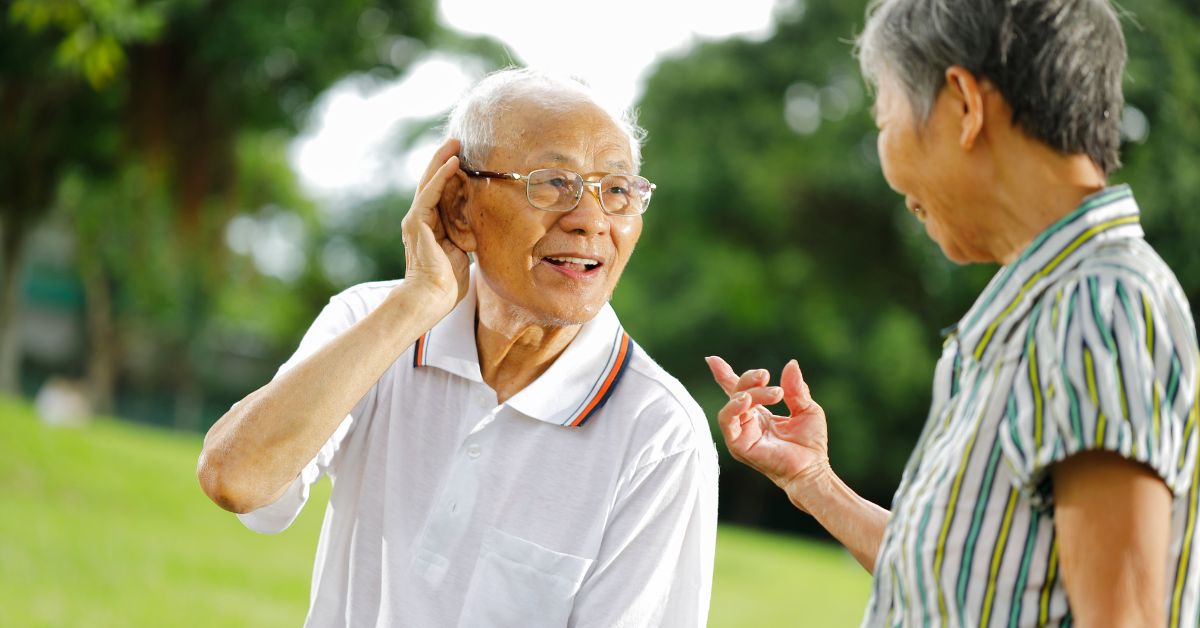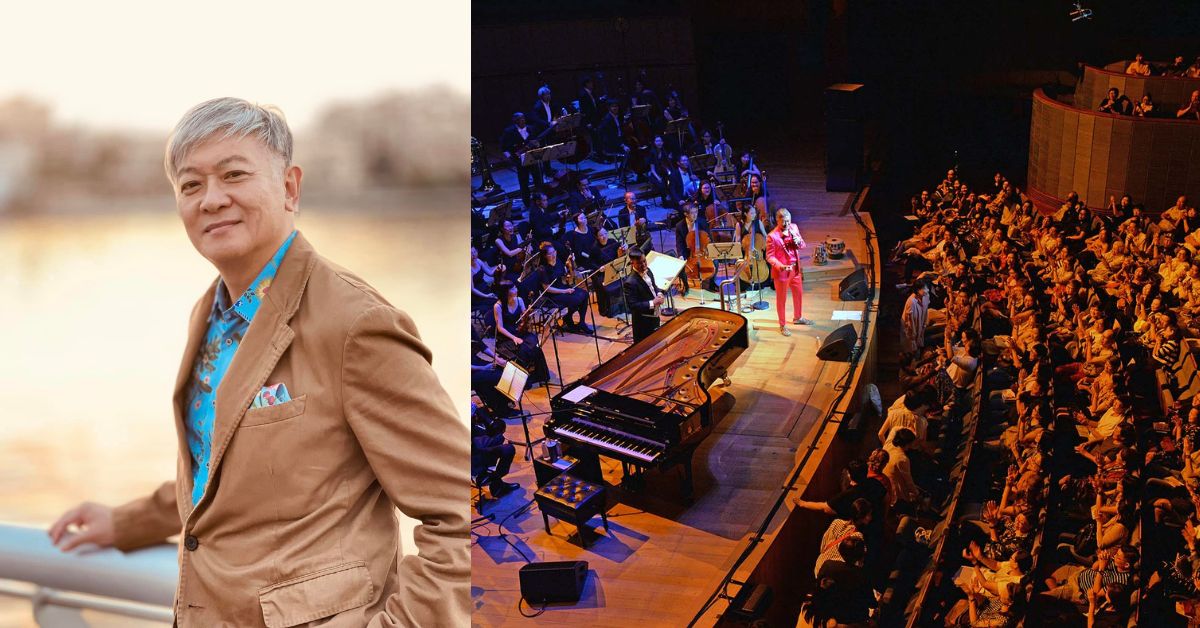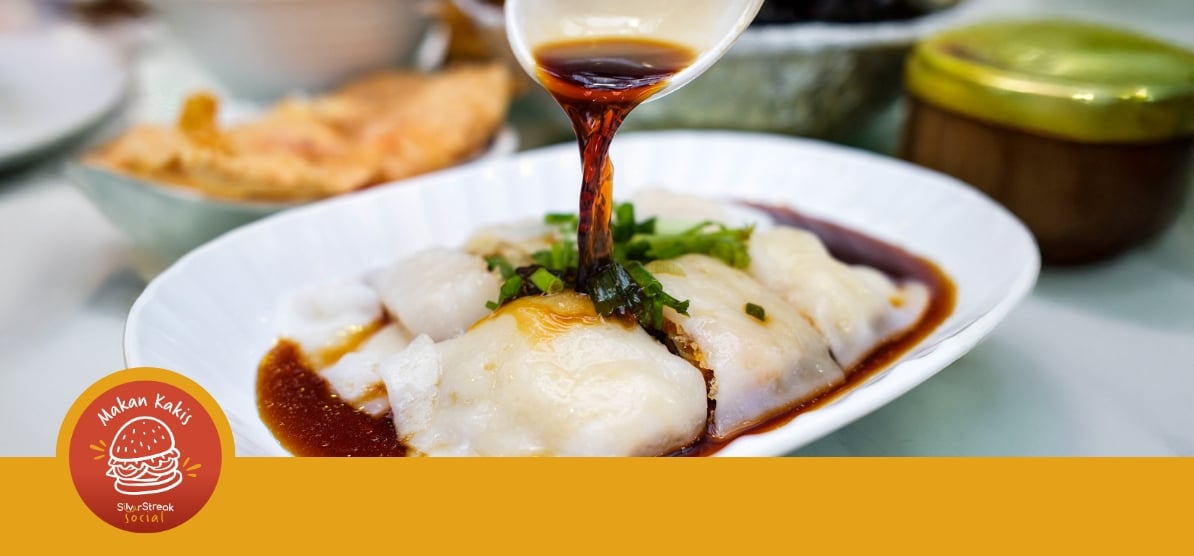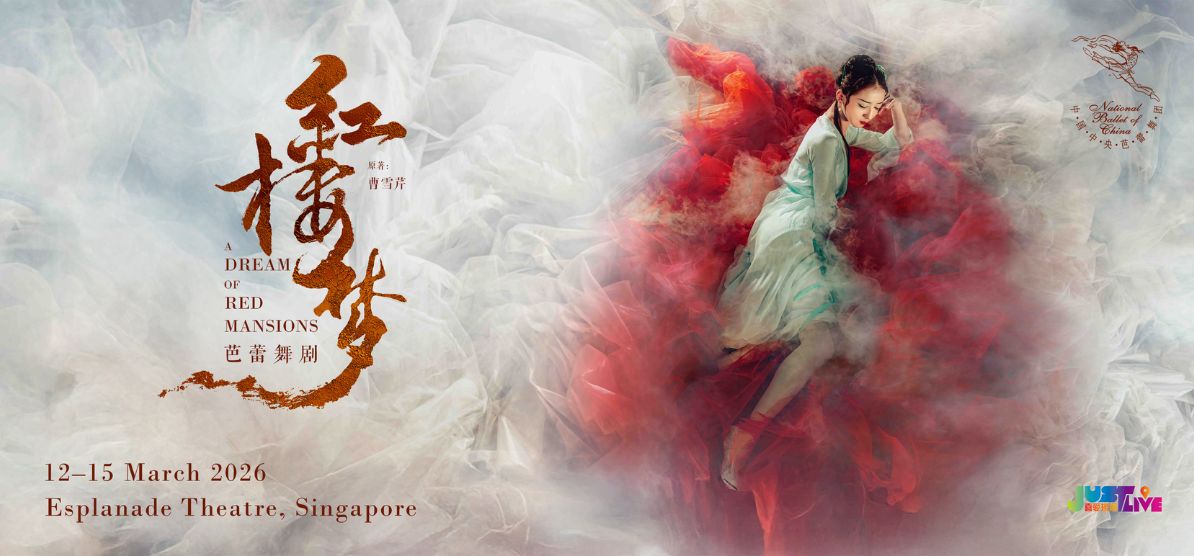Tap dancing instructor Susan Thng, 56, has been teaching various forms of dance for nearly 40 years. She began at just 18 years old, stepping in to teach children and young adults as a relief teacher. She has not stopped teaching dance ever since.
Over the years, as more seniors began joining her classes, she naturally transitioned into teaching older adults. Today, she teaches tap dance to a wide range of ages.
Though the genre has been slowly disappearing in recent years, Susan’s students – especially the seniors – are helping to keep it alive, one step at a time.
Tap dancing wasn’t Susan’s original plan. She had wanted to learn jazz, but the class at the school she was learning at was discontinued. The centre used the time slot to start a tap class instead, and since it fit her schedule, she signed up.
And with that, her tap teaching journey began.
A barre is a sturdy handrail, usually fixed to the wall, that dancers use for support during warm-ups and balance exercises. It helps them stay steady while they warm up the ankles, strengthen their legs, or practise their movements – especially helpful for seniors who may need extra support.
Tap, she says, is especially suitable for seniors because it doesn’t require the flexibility of ballet or jazz.
She constantly reminds students to straighten their backs, which she hopes becomes second nature, both inside and outside the studio.
Classes are paced with care. Simple choreography is built up gradually, and she introduces fun rhythm and memory games like “copycat”, where students mimic her tap patterns. These activities support enhanced memory through repetition, while improving spatial awareness, coordination, and focus.
Beyond the physical and cognitive benefits, Susan sees emotional growth in her students too. Many experience a renewed sense of accomplishment as they master routines, no matter how simple.
Though her current classes mix seniors with younger adults, Susan finds that this intergenerational setting brings unexpected benefits.
Still, Susan is thinking ahead. She hopes to start a dedicated seniors-only class in the future. That way, she can better tailor each session to their pace and needs.
But now, as a senior herself, Susan sees things differently. With age and experience, she’s come to understand the challenges older learners face, especially when it comes to memory retention and the need for more repetition.
That insight has shaped the way she now teaches.
She’s also sensitive to the fears that come with trying something new later in life. One student – a 61-year-old housewife – initially came just to accompany her daughter. When she heard Susan was opening a new class, she decided to join despite being hesitant.
Ten years on, that same student is still dancing with Susan.
For Susan, these small moments are the most rewarding part about teaching seniors. Watching students slowly pick up choreography, grow stronger physically, and gain confidence over time brings her deep satisfaction.
That moment, after weeks or months of steady effort, makes it all worth it for her.
Each year, Susan organises a recital that brings together students from different classes.
“They don’t know each other initially,” she says, “but because of the recital they’ve put together, they become friends. At every rehearsal, you can see them becoming closer.”
Costumes become a collaborative effort – students help one another source outfits, often mixing items from their own wardrobes with small accessories to match the theme.
Susan has also witnessed personal transformations in her students. She recalls one housewife who had never danced before but now performs on stage with confidence. In a recent recital, three mother-daughter pairs performed together – something Susan says was especially meaningful.
Beyond rehearsals, the community extends into real life.
Regular meals and gatherings outside the studio help strengthen these bonds even further, turning a dance class into a vibrant and supportive social circle.
She understands that many seniors may have never danced before in her youth.
Movement, Susan stresses, is crucial to healthy ageing, especially for the legs.
Beyond the physical benefits, she believes dance holds an edge over conventional fitness routines.
Looking ahead, Susan hopes to start more senior-focused classes and believes dance – especially tap, a genre that has been losing popularity in recent years – will become an increasingly appealing option for older adults seeking both joy and movement.
With patience and practice, she says, even seniors with no dance background can build confidence and perform with pride.

